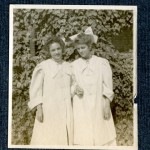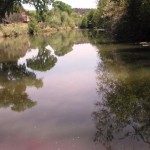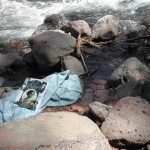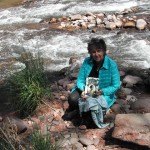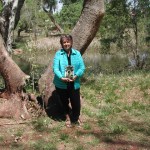
This week, I’ve had the honor to be invited to a blog hop! The purpose of the blog hop is to introduce readers to books and authors, that you may otherwise haven’t heard about. I was introduced to Smadar Gerson when I read her book “Stored Treasures A Memoir.” Stored Treasures by Minnie Crane and Smadar Belkind Gerson was a fascinating read. Minnie was born in Belitsa, Russia in 1896, she entering the USA through Ellis Island in 1914. Her birth town eventually became part of Belarus, a Jewish community destroyed by Nazis. It is the story of Smadar’s great-grandmother Minnie Crane’s life. It is a compilation of Minnie’s journal writings, Smadar’s grandmother’s writings (Minnie’s daughter) and genealogical research. It was interesting to compare Elsie’s adventures in Arizona with Minnie’s departure from Russia the same year. These two women from different backgrounds, but same time period, faced some of the same challenges of adjusting to changes in their lives.
First, I will answer ten questions about my book, and then introduce other authors, who will be writing about their books next week on this blog hop!
Where did the working title come from? :
My book is a memoir, “Elsie -Adventures of an Arizona Schoolteacher 1913-1918.” I compiled it. Much of it was written by Elsie in her letters and diary written from 1913-1916. My daughter assisted me and my son drew a couple of illustrations. I added all the research to complete the background of the time period. Originally I contemplated “Very Lovingly Yours, Elsie” as a title. I was afraid that title did not convey the location, time period or that she was a teacher. By the time we had ”Elsie- Arizona Schoolteacher 1913-1916” there was not much room left. My talented design gal loved having a hand written looking script across the top of the cover, “Very Lovingly Yours.” She signed many of letters that way. So we added that to the cover but not to the actual title. “Very Lovingly Yours” appears at the top of each page in the print version. I added the words “Adventures of” to the title because living in rural Arizona in 1913 displayed a love of adventure. No vampires or such but life in early Arizona was an adventure. We debated back and forth about using a hand-written font for Elsie’s letters and diary excerpts. Eventually I took a poll and the hand-written font won. It is lovely in the print book. Sadly it is not possible to do that in an E-Book version.
Where did the Idea for the book come from? :
Elsie was my Grandmother. I loved her; everyone loved her. She was a source of encouragement and a joy to me for the 40 years we shared. When she died in 1987, she was nearly 100 years old. Elsie had enchanted me with stories during my childhood. Even after I married and had children of my own, we would all sit at her feet while she shared stories. True stories. Some stories were of her childhood, including stories of her father being injured as a child in Virginia during the Civil War. Many stories revealed insight into her three years of teaching in Arizona soon after it became a state. I recorded some of these stories on cassette tapes. I know during one Arizona story she was telling she stopped and giggled and said, “I was a bit of a snob.” I later understood what she was referring to. Arizona changed her. She was college educated and loved literature and culture. In Arizona she taught barefoot, burro riding children, and she referred to some of them as being “common and needing baths.” As she learned to love this wild countryside and the children, her attitude changed dramatically. She discovered an admiration for the character of these back-woods farmers, ranchers and their children. Elsie fell in love with Arizona. And a couple young men fell in love with Elsie. My research uncovered a tender, yet tragic, love story. I never intended to write a book. When Elsie died I discovered and read the diary and letters she had saved from her years when she taught in Arizona. The letters were tied with a faded blue ribbon that appeared to have been untied numerous times through the years. I discovered a grandmother I had never known, and I was fascinated. I began to do research about her Arizona years. In 1988 I located and interviewed 8 of her former students that were then elderly treasures. Elsie had taught them for 9 months in a one-room school in Arizona 75 years before. Yet they had vivid memories that were a match to the ones Elsie had written about in her letters and diary. The research from 1988 sat incomplete. I had no idea what to do with it. I was busy home-schooling our four children and involved in other projects.
Was this self- published?
In 2010, I met an Arizona publisher that reminded me that Arizona would soon celebrate their 100th birthday. This publisher encouraged me to complete the book that I had been pondering for 22 years.
Elsie had been a librarian and a writer; for years she published short stories in magazines for children. In her saved treasures I discovered an unfinished letter to Arizona Highways that she began when she was 97 years old. She wanted to tell her story of teaching in early Arizona. She never completed that article. I knew I had to attempt to share her adventures in rural Arizona. I hired editors, design professionals, proof readers and website managers. With much prayer and a trembling heart in November 2011, I published “Elsie-Adventures of an Arizona Schoolteacher 1913-1916.” I hesitate to call it self- published because it was a team I hired that helped me pull it all together. I loved doing the research for the book. I have continued to add to my website “tidbits” and vintage photos about the time period. This morning Elsie was #1 in KINDLE Western Non-Fiction books. It has occasionally been ranked on Amazon as # 50 in Print Non- Fiction Western books. I have had 88 reviews on Amazon, most of them very encouraging.
My biggest surprise was when I approached a National Park in Arizona about selling Elsie. The gentleman questioned if the book was fiction. I answered that it was taken directly from her letters and diary and that I had added historical information and explanations. His response was, “Your book is interpretive History!” Taken by surprise I said,” Yes, it is.” Montezuma’s Castle and Tuzigoot National Park have ordered 420 copies since April. I never dreamed “Interpretive History” had so much potential. I am thrilled that 26 locations in Arizona sell Elsie. My sales through these channels are much higher than my Amazon sales. What an adventure writing this book has been. My favorite review came from a woman of 103 that read Elsie on a kindle and skyped her review to her daughter. Elsie would be very pleased and amazed.
What actors would I choose if Elsie became a movie?
Two years before Elsie died the movie “Anne of Green Gables” with Megan Follows and Jonathan Crombie came out. I was fascinated by the similarities with Elsie’s experience. It was close to the same time period. I loved seeing the red tobacco tins that were used as lunch boxes. Elsie had written about that very thing. But I would choose Renee Zellweger to play Elsie. I loved her spunk and charm in “Miss Potter.” I loved watching the Welsh actor Ioan Gruffudd in the Hornblower series. Since Jack was Welsh, Ioan would definitely be my choice for Jack. Karl needs someone with a bit of melancholy, so perhaps Keneau Reaves would work as Karl. I have often pictured Elsie as a movie. There is joy and tragedy and an element of mystery in Elsie’s story.
How long did the Project take?
As I have said, I began the research and then set it aside for nearly 22 years. That was a fortunate procrastination. I began to realize that the book would tie in with Arizona’s Centennial interest. I actually had two feature newspaper articles that were unexpected but generated by Centennial interest.
What Inspired me to write this book?
Elsie was inspiration for many things in my life. Her joy in the adventure and her focus on the delight of the experience instead of the hardships was so evident in her writings.
Connecting with people who have read the book has been a delightful experience. I never dreamed it would have a target audience beyond Arizona. I have had letters from all over the world. There is a young man teaching in rural Africa that is reading it right now. I have heard from readers in New Zealand, France, Equador, Canada, Korea, Finland and Crete.
I am thrilled that two of my children have followed in Elsie footsteps. Our oldest son has taught in China, as headmaster in Korea and now serves as Director of Global studies for a University in California. Our daughter teaches English at a University in Seoul, Korea. Elsie would find great delight in this.
I have had numerous requests for a sequel that would tell of Elsie’s years after she married. I am working on that project. For years Elsie lived on a mountain and she and her husband operated an apple ranch and opened a rustic resort there. I find it interesting how self sufficient they were. They lived off the land for the most part. Elsie had a recipe for squirrel and quail pie that I find humorous, her note at the bottom reminds “be sure the squirrel is not too old.” My mother spent the first 5 years of her life living on the apple ranch. I have vintage photos of my mom riding in an apple crate cart. The words on the side of the crate say, “keep in a cool dry place.” That would be a difficult task to accomplish with a baby. The old, gnarled apple trees that Elsie’s father planted in 1904 still produce fabulous apples. There is something rewarding in writing about things that have not changed and revealing those that have changed entirely. History when viewed through the eyes of someone who lived it can be rich and enlightening. Thanks to Elsie for leaving us her view of life in the West in the early1900’s.
NOW FOR THE BLOG HOPPING:
I invite you to visit the following talented, diverse and inspiring group of women authors. These are the other books involved in the BLOG HOP:
All Different Kinds Of Free by Jessica McCann. Jessica’s book is one of my favorite Historical Fiction books. It is the story of the evil of slavery. It is told through the eyes of a woman born free, a woman whose life was contented, and then turned tragic. This woman who would not allow her soul to be enslaved.



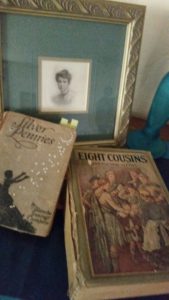

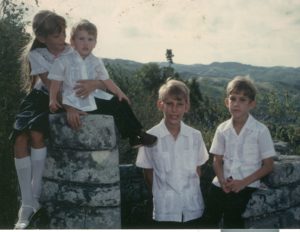
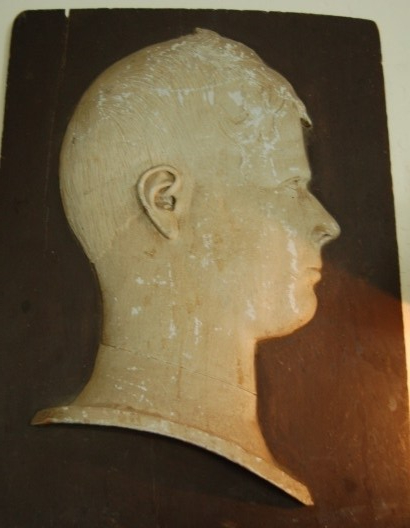
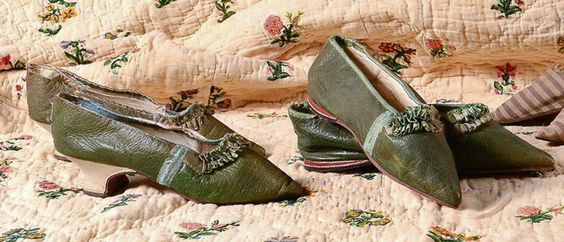
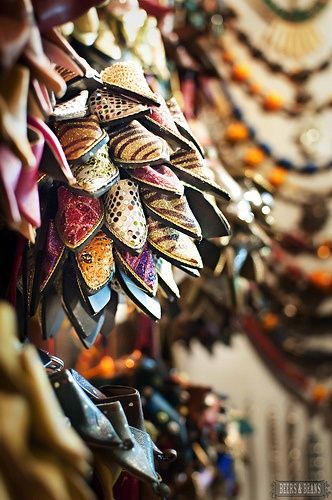
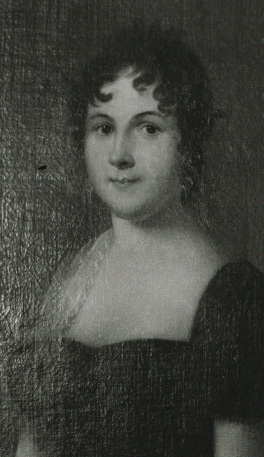
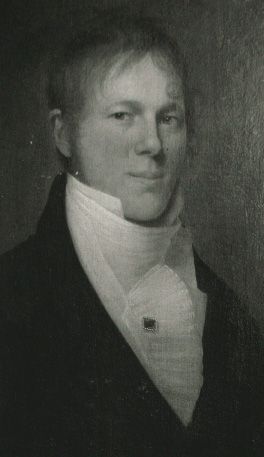



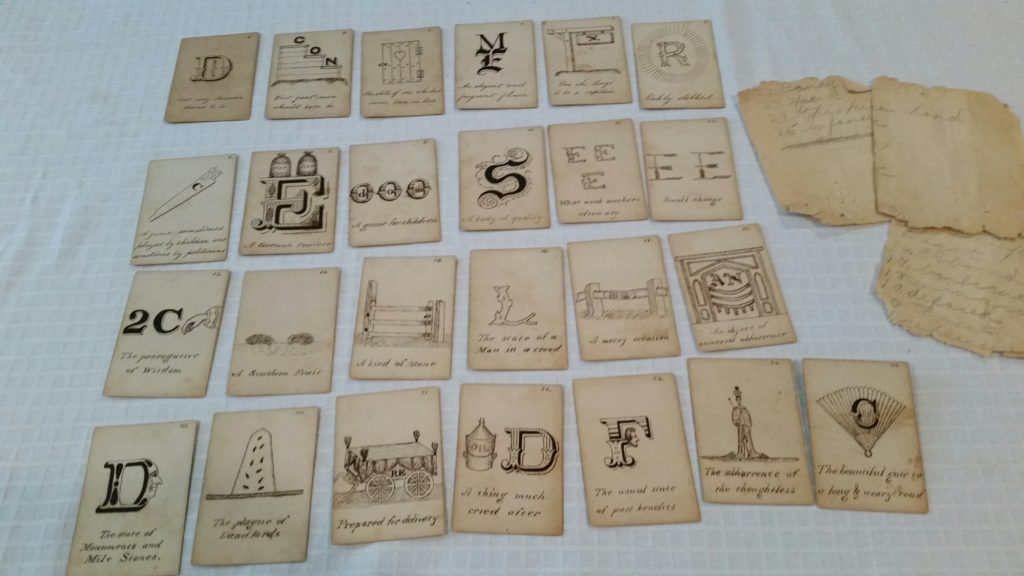







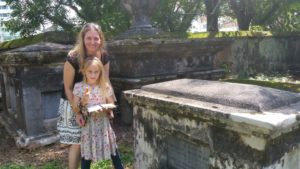
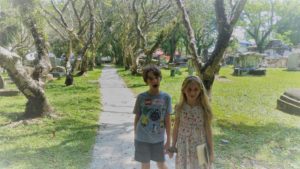




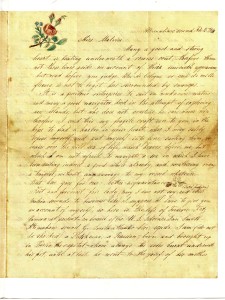
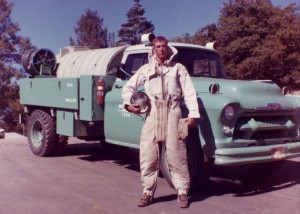
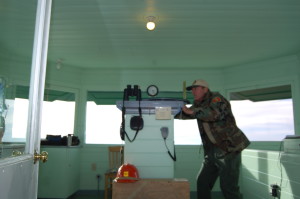
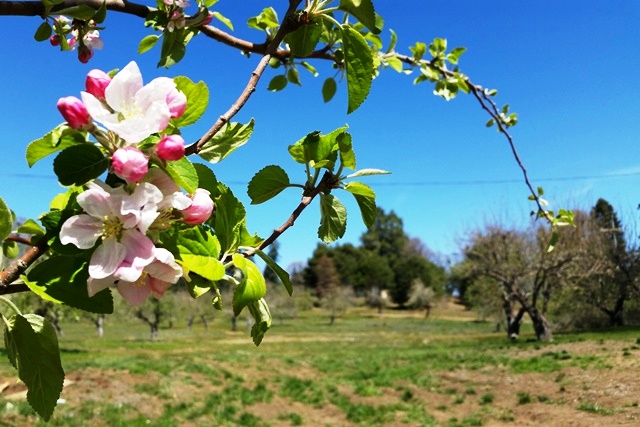

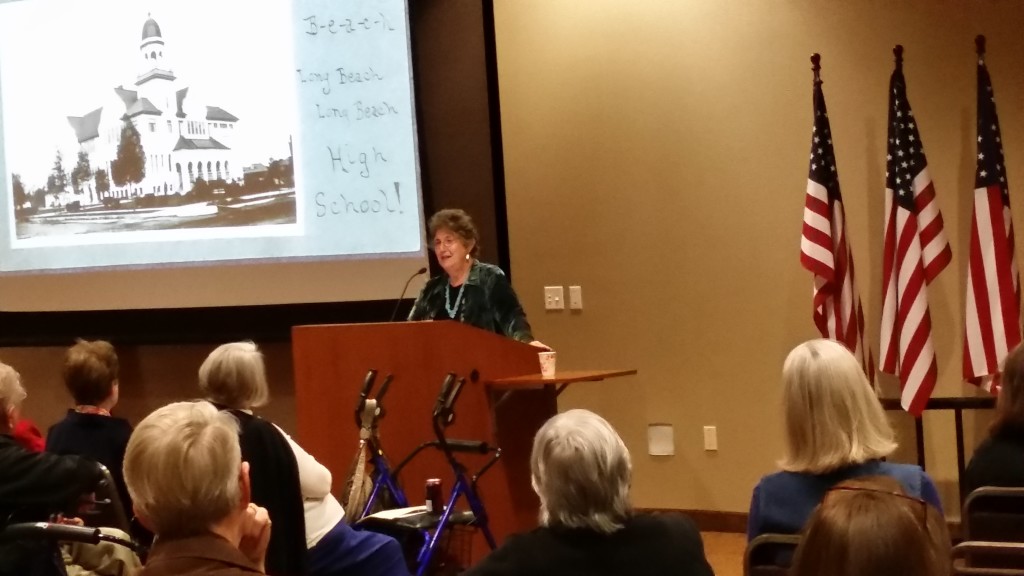
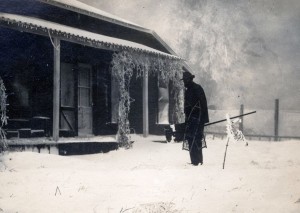
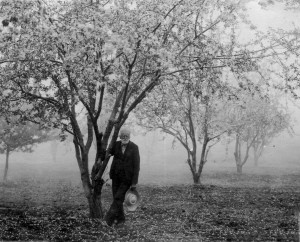

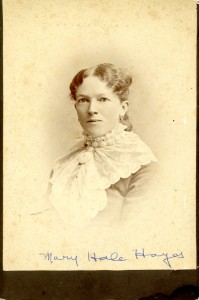
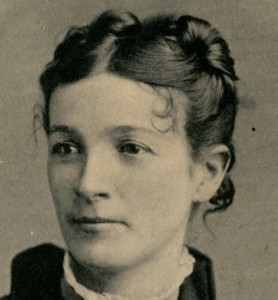








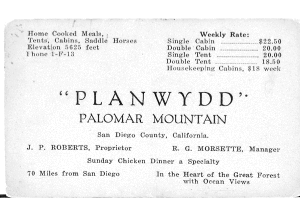
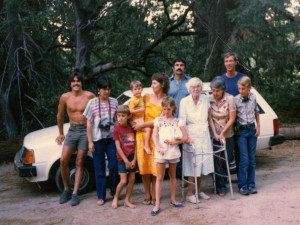





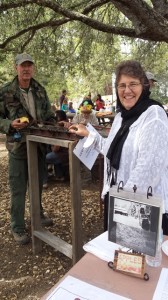
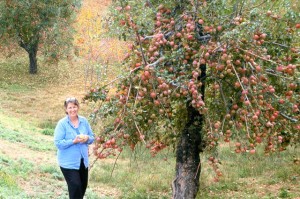
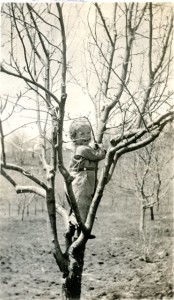



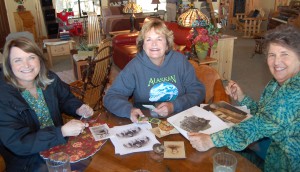


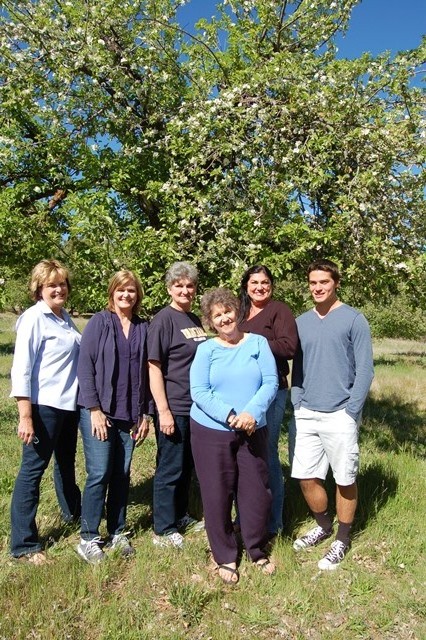
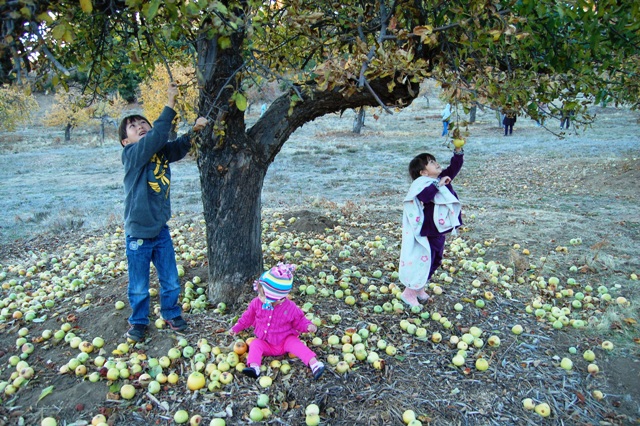
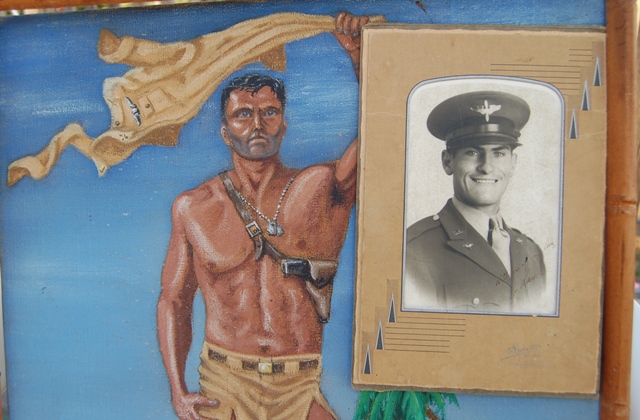



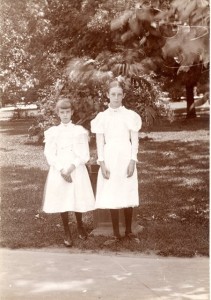

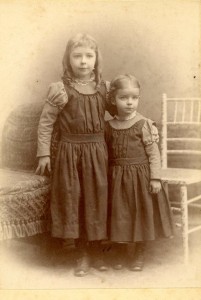

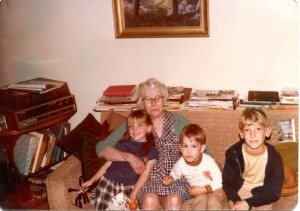
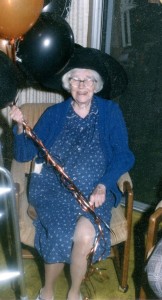





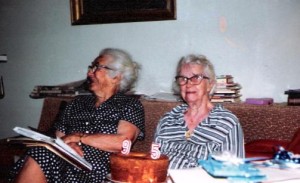
























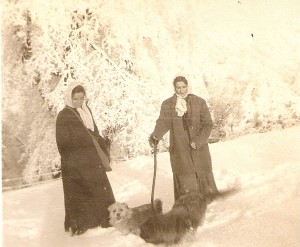
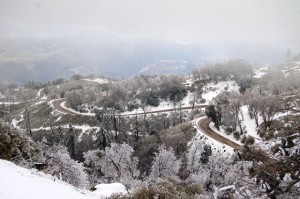
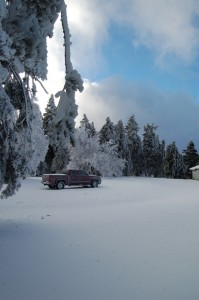






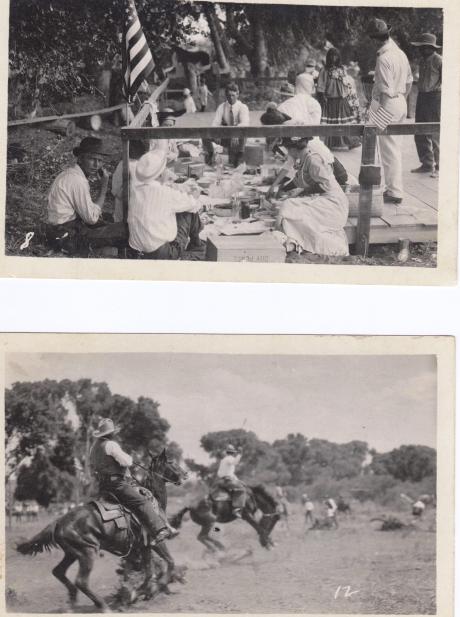



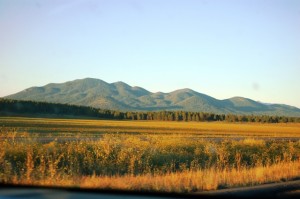
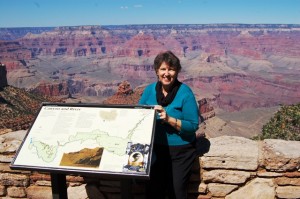
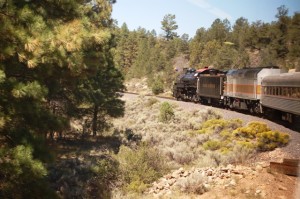





 our ways of living.
our ways of living.
